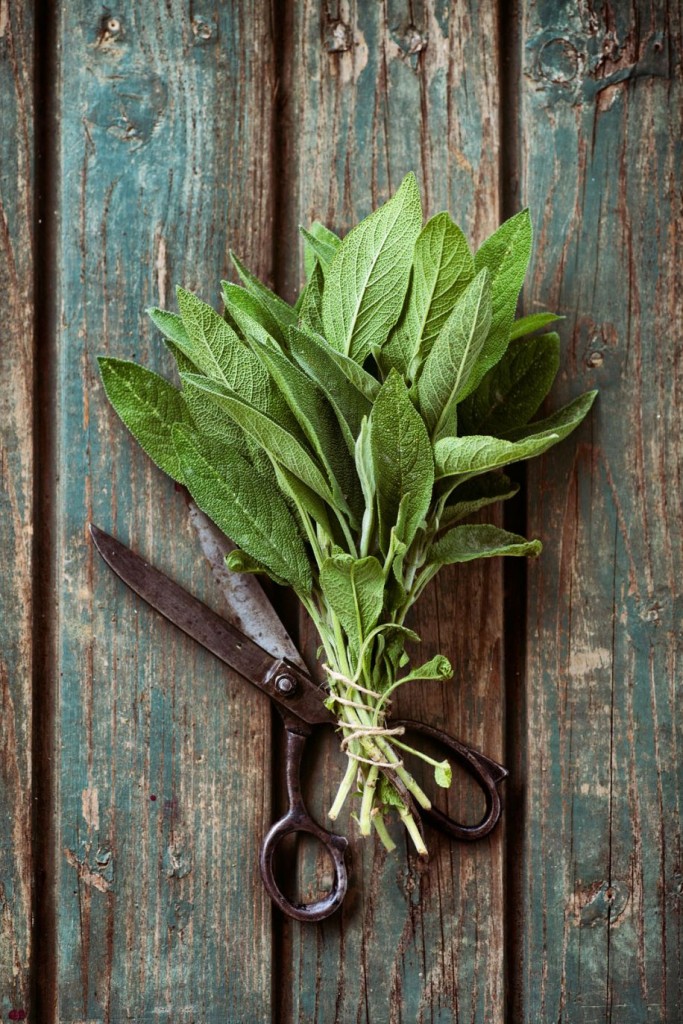
Growing:
Herbs That Grow On You
We are fortunate to live in the Gulf Coast; we experience mild winters and therefore enjoy a longer growing season than most. Having an herb garden of your own is the best way to ensure you have the freshest herbs right at your fingertips. Not only are herb gardens cheaper than store purchasing, but eating what you grow can be a greatly rewarding endeavor as well.
For individuals with the space available, culinary herbs such as mint, thyme, lemon balm, cilantro, dill, sage, and rosemary grow outside wonderfully in our mild climate and require little extra winter protection other than cover from the frost. Growing herbs indoors is a little trickier, yet very possible. An indoor herb garden may be a better choice for individuals with limited space.
Carol Perryman, an Escambia County master gardener has a few tips for anyone wanting an indoor herb garden. Perryman suggests smaller varieties of herbs for growing indoors.
For example, chives, fern leaf, dill, and some of the smaller basils would probably do better in smaller pots or containers. According to Perryman, as long as the herbs get plenty of light and not too much water, they should do fine. Some herbs don’t grow well with others, however, like mint. If left unattended, mint will take over other herbs in its way.
“The one I think is neat to grow (as an indoor herb) is English mint,” said Perryman. “It doesn’t try to take the world, but it really still should have its own pot.”
Perryman uses culinary herbs in many of her fall dishes and baked goods.
“The biggest challenge is that most people grow herbs but don’t use them,” said Perryman. “The more you clip them, the bushier and better they get. I keep most of my herbs in pots for absolute convenience. If you can’t access them you’re never going to use them.”
Harvest and Enjoy:
Herbs for the Season
There are many ways to enjoy your herbal harvest. Herbs can be incorporated into your cooking by adding them fresh to your dishes, or by making herbal syrups, and infusions to be used in baking and cooking recipes.
Herbs are full of unique flavors, as well as antioxidants and other medicinal properties. Whether used as a food or remedy, herbs can serve many purposes.
Kathy Hubbard, a local herbalist who is a member of the American Herbalist Guild, has over 15 years experience in the professional world of herbalism and utilizes herbs as food to reap the benefits of their medicinal qualities. Hubbard uses sage as her secret weapon against the fall cold season.
“One thing I emphasize for this time of year is sage tea,” said Hubbard. “Sage tea: culinary sage on top of boiling water, cover it up and let it steep for 20 minutes, then drink it or gargle with it. It’s great for sore throats and respiratory issues.”
According to Hubbard, children can especially benefit from herbs during the fall season, and the earlier we can introduce kids to the flavors of herbs, instead of sugar, the better. One way to incorporate herbal remedies into a child’s diet is to add herbs in a creative way to recipes children love. Hubbard makes pancake syrup using elderberries. Elderberries help build the immune system and keep families healthy during the cold season, plus elderberries grow locally so they’re inexpensive. Healthy, germ-fighting pancake syrup? Sounds like a win-win.
Herbs can be infused with local honey to get double benefits of the healthy properties of the honey plus the herbs. Honey infused with herbs is an easy way for children to get the medicinal properties of the herb, as long as the child is old enough to have honey, of course.
“Lemon balm honey is a wonderful flavor that is relaxing to children and is anti-viral and anti-microbial,” said Hubbard. “You can add this to any tea. You get the medicinal properties of the lemon balm and the honey.”
Herbs that are easy to grow, herbs that are tasty, herbs that are healing, be still my beating heart, tell me more.